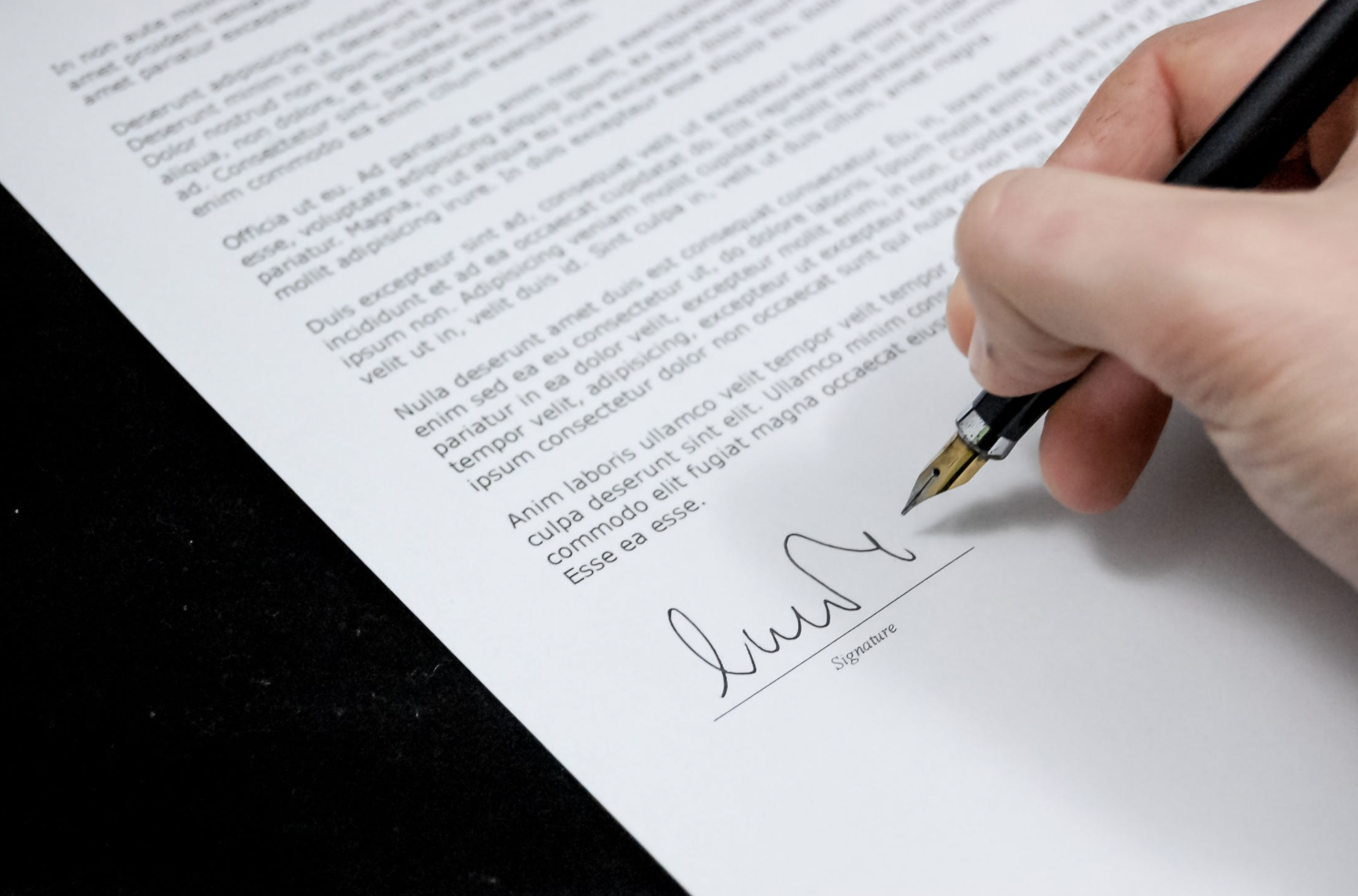When employees need to take time off of work because of a medical condition for themselves or for a child, spouse or parent, the Family Medical Leave Act (FMLA) offers up to 12 unpaid weeks of protected unpaid leave.
An employer is covered by FMLA guidelines if it employs more than 50 people in the company. Smaller companies may not be covered by FMLA but they could be governed by local and state medical leave guidelines. All government agencies at the local, state and federal level are covered by FMLA guidelines along with elementary and secondary school employees.
Employees must have worked for 12 months with their employer (though not necessarily continuously) with 1250 hours of work completed in the past 12 months prior to taking the leave. The employer must also have more than 50 employees in a 75-mile radius of the workplace. If you meet all of those criteria, then you would qualify for FMLA leave.

How To File A Report
If you have been denied FMLA leave but believe that you are eligible to receive it, you can file a claim with the United States Department of Labor’s Wage and Hour Division (WHD), or you can file a private lawsuit.
Your complaint can be filed at a local WHD branch in person, or you can file online, over the phone or by mail.
There is no benefit to one option over the other, though it can be easier to receive monetary damages through a private lawsuit. In either case, retaining an employment attorney is a good idea so that you have an expert working on your behalf.
What To Include In Your Complaint
When you file your complaint, you need to provide as much information as possible to support your claim that you were denied FMLA leave.
Here is some of the basic information you should include when filing your complaint:
- Your name, address and phone number where you can be contacted
- The name of your employer and the location. If you work for a large corporation then be sure to list the home office as well as the location where you worked.
- Contact information for your company
- Your manager’s name, or the name of the owner
- The details of your FMLA leave request and the circumstances that led to your complaint.
The Body of the Email
Make a timeline of incidents that you believe reflect unfair FMLA practices. For each incident, list the date, time and location or department, and a short description of the incident.
Do not write a super long letter, even though you are greatly aggravated by the situation. Keep it brief, sweet, and to the point. Although there is no formal length limit for these letters, the unwritten guideline is to strive for 500 words.
In the closing paragraph, communicate your desire to reach an agreement. The key is to alert the organization of any events that it might be unaware of and to cooperate with the investigation. Make your appeal for a response or intervention to end unequal treatment as direct as possible.
Sample Complaint
Here is an example of what your sample FMLA complaint letter should look like:
John Q Adams
1234 Main St.
Anytown, USA
123-456-7890

To the Wage and Hour Division:
I am writing with regard to a request for FMLA leave that was denied by my employer. I believe that I qualify for leave and my employer is refusing to grant my request.
I am currently employed by Home Hardware (123 First St, Anytown, USA; 123-555-6677) and when my mother became ill I requested time off to care for her during her recovery from a stroke. I provided notice to my supervisor, Arthur Pennywise, on August 27 after she became ill on August 25. Mr. Pennywise said that I have not worked enough hours to qualify for FMLA leave but according to my records I do indeed qualify.
As a result of my inability to receive FMLA leave I have had to pay for someone to care for my mother while I am at work at a total cost of $1250.23 so far. As my mother still requires care, I would like for my FMLA leave to be activated so that I can care for her myself.
I am happy to provide any additional information you need to review my case.
Thank you.
John Q. Adams
Examples of FMLA Violations
Enacted by the United States Congress in 1993, the Family Medical Leave Act (FMLA) ensures workers can take up to 12 months of unpaid leave each year, without having to worry about losing their jobs. Despite the legal protections granted by the FMLA, many employers violate the historic worker rights law in several different ways.
Let’s review examples of FMLA violations
You have the right to right to report an FMLA violation if your employer does not grant you the right to take leave. All you have to do is explain you need to take leave, without having to go into much detail as to why you need time off from work.
For example, if you are expecting to take care of a newborn child, all you have to say is you need time off to care for the new member of your family
Another protection granted by the FMLA prohibits your employer from using the FMLA to account for the hours when you work from home. Your employer cannot stop providing you with benefits, such as health insurance coverage. Although some benefits such as life insurance stop while you are on leave, you have the legal right to have the benefits reinstated upon your return to work.
Your employer cannot count FMLA-granted leave days as absences on your employment record. This is one of the most important examples of FMLA violations because a certain number of absences can lead to disciplinary action.
Upon returning to work after an FMLA-approved leave of absence, your employer is prohibited from reinstating you to a lower position on the organization’s employment hierarchy.
Reporting FLMA Violations
Filing an FMLA complaint requires you to document everything, from the date when you took leave to the illegal actions your employer implemented while you remained out of work.
When the time comes to report FMLA violations, the legal support of an employment attorney can help you submit the persuasive evidence you need for the Equal Employment Opportunity Commission (EEOC) to reprimand your employer for violating the federal employment law.
Filing an FMLA complaint requires you to submit the proper paperwork to the Wage and Hour Division (WHD), which is a part of the United States Department of Labor (DOL). You can file your FMLA complaint by letter, phone, or in person. If you belong to a union, you might have more legal protections in the form of a formal labor contract.
If your employer fails to address your claim of FMLA violations, you can file a civil lawsuit that seeks monetary damages, such as the payment of lost wages. Plaintiffs that file legal action against their employers for violating one or more provisions of the FMLA have the right to request double monetary damages. Filing a civil lawsuit for FMLA violations requires the legal support of an employment lawyer.
Because the FMLA has evolved over the course of 30-plus years, an employment attorney can ensure you receive all of the legal protections granted by the federal labor law. Your legal counsel helps you document every FMLA violation, which includes every form of communication between you and your employer during the time you took leave from your job.
Time Period for Filing an FMLA Complaint
If you are an employee who has a possible lawsuit against your boss under the FMLA, you have two years from the date of the suspected violations to file a case. You will have three years to file a lawsuit if you can prove that your employer behaved knowingly in breaching the FMLA.
It is usually advised that you file a lawsuit as soon as possible after you found out that a violation might have happened. It will help ensure that you do not skip any timeframes for litigation, ensuring that the complaint can be heard and investigated, and that a suitable solution is given for you.

Getting Help From An Employment Law Attorney
The rules governing FMLA leave are straightforward, and if you and your employer both meet the guidelines then there should be no confusion as to whether or not you qualify. However, as with most laws there can be confusion, misunderstandings or outright lack of adherence to the rules. That is when hiring an employment law attorney can be very helpful.
If you need to file an FMLA complaint against your employer, hiring a lawyer will not guarantee that you win your claim but it will greatly increase your chances for success. An experienced employment attorney understands the documentation and evidence needed to file a claim, and a lawyer will also understand how to obtain damages and remedies you are entitled to under FMLA rights.
Most employment law attorneys will work on a contingency fee basis, so you will not have to pay in advance and you only pay if you win your case.